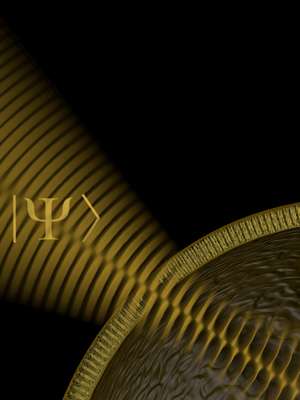Quantum microscope for living biology

(Phys.org)—A team of Australian scientists has developed a powerful microscope using the laws of quantum mechanics to probe the inner workings of living cells.
The team, a collaboration between The University of Queensland and the Australian National University, believe their microscope could lead to a better understanding of the basic components of life and eventually allow quantum mechanics to be probed at a macroscopic level.
Their world-first discovery has been published online today in Nature Photonics.
Team leader Associate Professor Warwick Bowen, of UQ's ARC Centre of Excellence for Engineered Quantum Systems, said the study relied on quantum interactions between the photons of light to achieve measurement precision that surpassed conventional measurement.
"This 'quantum microscope' is a pioneering step towards applications of quantum physics in technology," Associate Professor Bowen said.
"In fundamental physics, it could be immediately applied towards observing phenomena in the microscopic motion of small particles that have yet to be observed and were predicted many decades ago."
In the study, the researchers used their quantum microscope to measure the cytoplasm of a live beer-brewing yeast cell and found they could achieve their measurements 64 per cent faster than with a conventional microscope.
Lead author and UQ PhD student Mr Michael Taylor said the results demonstrated for the first time that quantum light could provide a practical advantage in real-world measurements.
"The measurements performed could aid in understanding the life-cycle of a cell, as its cytoplasm plays a crucial role in transferring nutrients into and around the cell," he said.
Among other things, the 'quantum microscope' could reveal the finer details within a cell – more than a regular microscope.
Biological imaging is a particularly important application for quantum light as these fine details are typically only visible when a lot of light is used.
"Unfortunately, biological samples are grilled when the power is increased too far," said Mr Taylor.
"The 'quantum microscope', on the other hand, provides a way to improve measurement sensitivity without increasing the risk of optical damage to the sample."
Journal information: Nature Photonics
Provided by University of Queensland

















